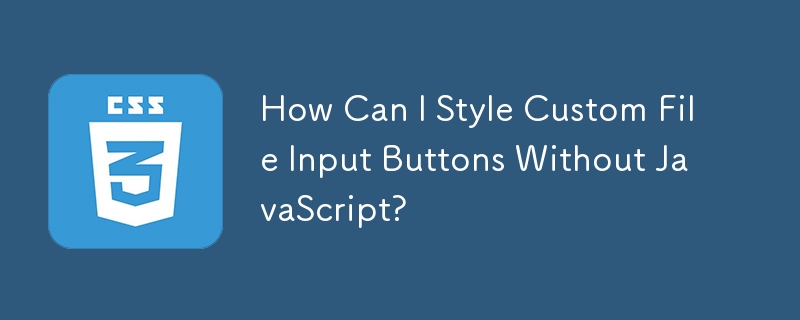Found a total of 10000 related content

Why is it important to use a for every form input?
Article Introduction:In web forms, it is crucial to add each input box. First, it improves the compatibility of screen readers and helps visually impaired users understand the purpose of input boxes; second, the associated label can enhance the click experience, and clicking on text can focus on the input boxes, which is especially conducive to mobile operations; third, the label supports the browser's automatic filling function to ensure that the information is accurately filled in the corresponding fields; finally, even if the label is hidden, its semantic structure should be retained to maintain functional integrity.
2025-06-28
comment 0
791



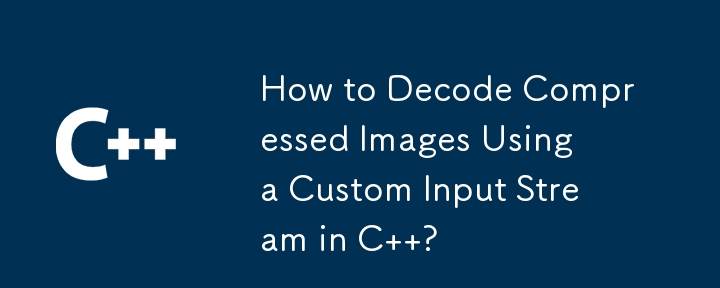
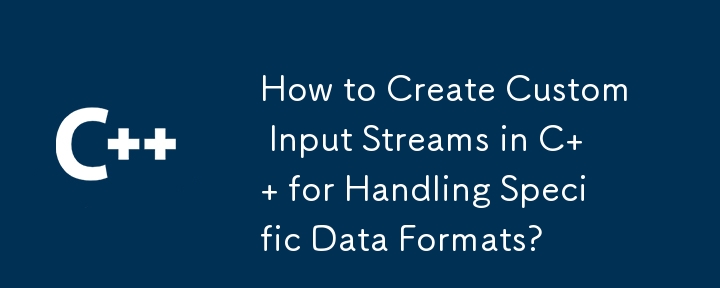
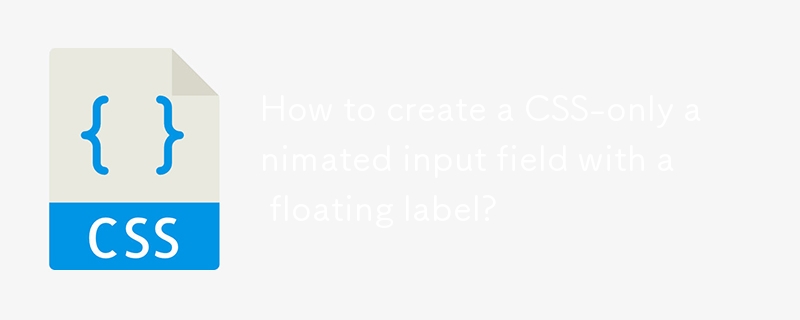
How to create a CSS-only animated input field with a floating label?
Article Introduction:Use CSS to create an animation input box with floating tags only in pure styles, no JavaScript is required; 2. The HTML structure needs to include label and input and be wrapped in a container, and add required and placeholder attributes to support CSS state detection; 3. The animation is triggered by combining the adjacent brother selectors with the pseudo-class: focus and: not(:placeholder-shown) pseudo-class to trigger the animation, so that the tags float when focused or have values; 4. The basic style includes absolute positioning labels, transition effects, border animation and font smoothing processing; 5. Optional enhancements include underscore animation and multi-input type adaptation; 6. This solution is fully accessible and compatible with modern browsers, and IE11 requires JavaS
2025-08-01
comment 0
881

How to associate a with an input field for better accessibility?
Article Introduction:The core method for correctly associating and input boxes is to use the for attribute matching ids to ensure that the screen reader accurately recognizes and improves the accessibility experience. 1. When using the for and id attributes, the values ??must be exactly the same; 2. You can wrap them directly, but problems are prone to occur when the structure is complex; 3. Check boxes and radio buttons should also be added to enhance click areas and accessibility; 4. It is not recommended to rely solely on aria-label or aria-labeledby instead of native tag association methods.
2025-06-27
comment 0
534
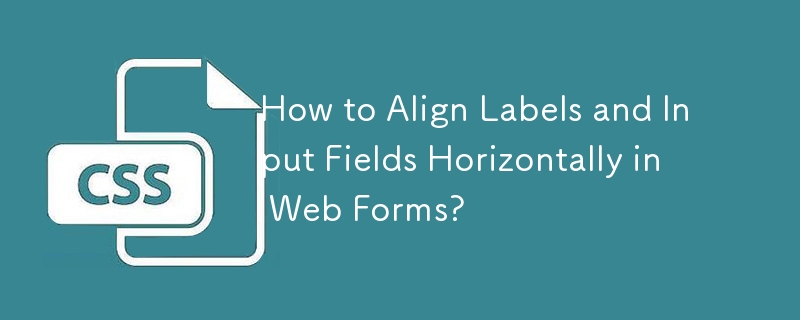

The HTML `label` Tag for Form Accessibility
Article Introduction:Label improves form accessibility, and its function is to provide clickable labels for input controls and be recognized by assistive technologies. 1. Explicit association: use the for attribute to bind the id of label and input; 2. Implicit wrapping: put input inside the label without for and id; 3. Hide label: use CSS to hide but retain functions. Common misunderstandings include not using labels, replacing placeholder, multiple labels correspond to one input, and not correctly associated with labels and controls. In special cases, it is recommended to keep visually hidden labels to ensure barrier-free access.
2025-07-29
comment 0
440
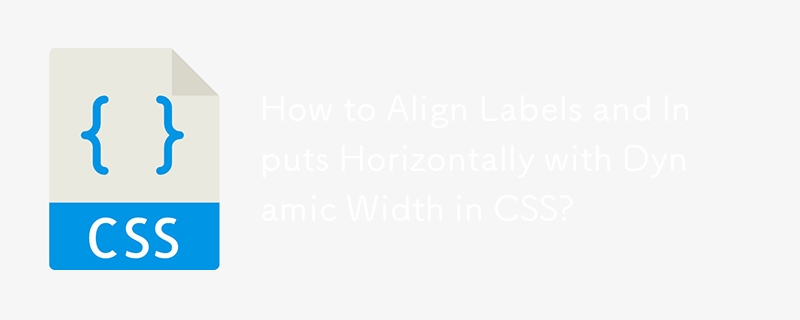

HTML5 Input Types: custom properties
Article Introduction:HTML5'sinputtypeshavecustompropertiesthatenhanceuserexperienceandformfunctionality.1)Useminandmaxattributestorestrictnumberinputranges.2)Applypatternattributeforcustomemailvalidation.3)Combinetextinputwithdatalistandpatternforcomplexvalidationslikebl
2025-06-20
comment 0
370

How Can I Draw Custom Rectangles in Golang?
Article Introduction:Custom Rectangle Drawing in GolangFor a personalized mailing label creation with shapes, barcodes, and file generation, you may wonder if there's...
2024-12-21
comment 0
1041

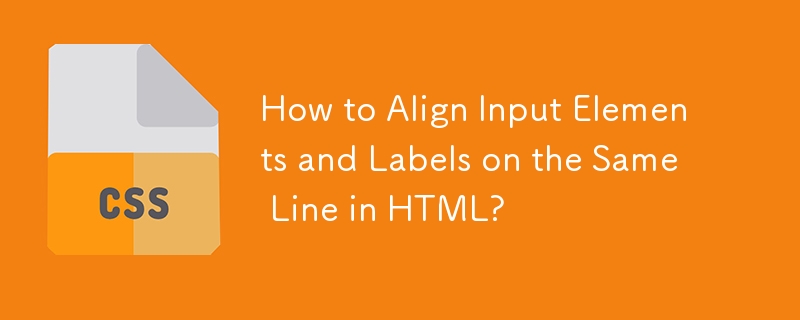

Implementing Custom HTML5 Input Pattern Validation
Article Introduction:The pattern attribute is a regular expression tool used for form verification in HTML5. It allows developers to restrict input formats through regularity. 1. It is valid only for text class input; 2. Regularity does not require anchor points, and case and escape need to be manually processed; 3. Common formats such as mobile phone numbers and passwords have corresponding expressions; 4. The browser compatibility is good but the prompt style is not uniform; 5. Prompt information can be provided with the title attribute; 6. Some mobile environments need to be tested or supplemented with JS verification. When using it, you should adjust the rules according to business needs and pay attention to their limitations. If necessary, combine JavaScript to implement more complex verification logic.
2025-07-08
comment 0
954

How would you create a reusable component in Vue?
Article Introduction:The core of creating reusable components in Vue is to understand component structure, props usage, and logical encapsulation. 1. Clarify component responsibilities and input and output, such as defining props and update:modelValue events that receive label, placeholder, modelValue; 2. Extract styles and structures, and improve universality through class, style attributes or slots; 3. Use slots to support custom content, such as allowing label slots to pass in rich text; 4. Extract public logic into combination functions, such as encapsulating verification logic with useInputValidation to enhance component scalability and reusability.
2025-07-24
comment 0
406
